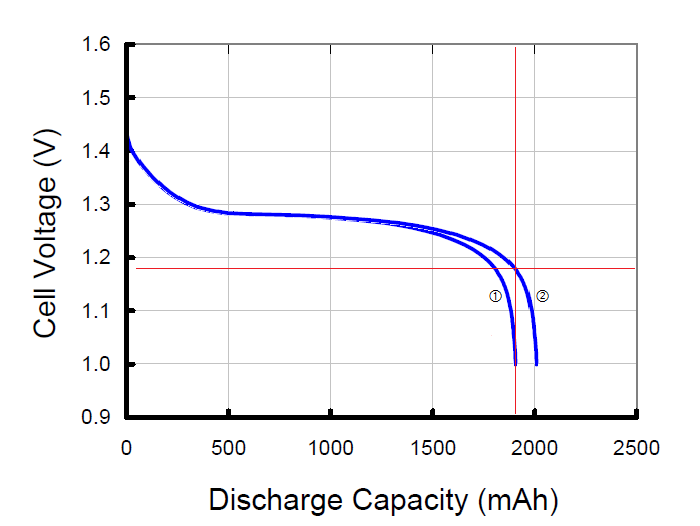Cereal_Killer
Enlightened
I've got a motorolla walkie talkie that's powered by 4xAA's in series. They go in a magazine (holder). I am having a problem destroying my expensive new eneloops from over discharge, I test each battery when it comes out (the walkie has a low battery indicator but sometimes I'll be out and will have to use it till it dies) 3 of the batteries will be around 1.2v but the 4th will be .8. Why is this happening? I know I shouldn't let them drop below 1.0 so it can't be good, I make sure all the batteries are matched, not only by charge voltage but by individual pack they come in (they're all numbered when I get them)
how can I prevent this?
edit: I just want to point out this isn't a little GMR/FRS walkie talkie, I'm licensed, its a professional level radio.
how can I prevent this?
edit: I just want to point out this isn't a little GMR/FRS walkie talkie, I'm licensed, its a professional level radio.
Last edited:


